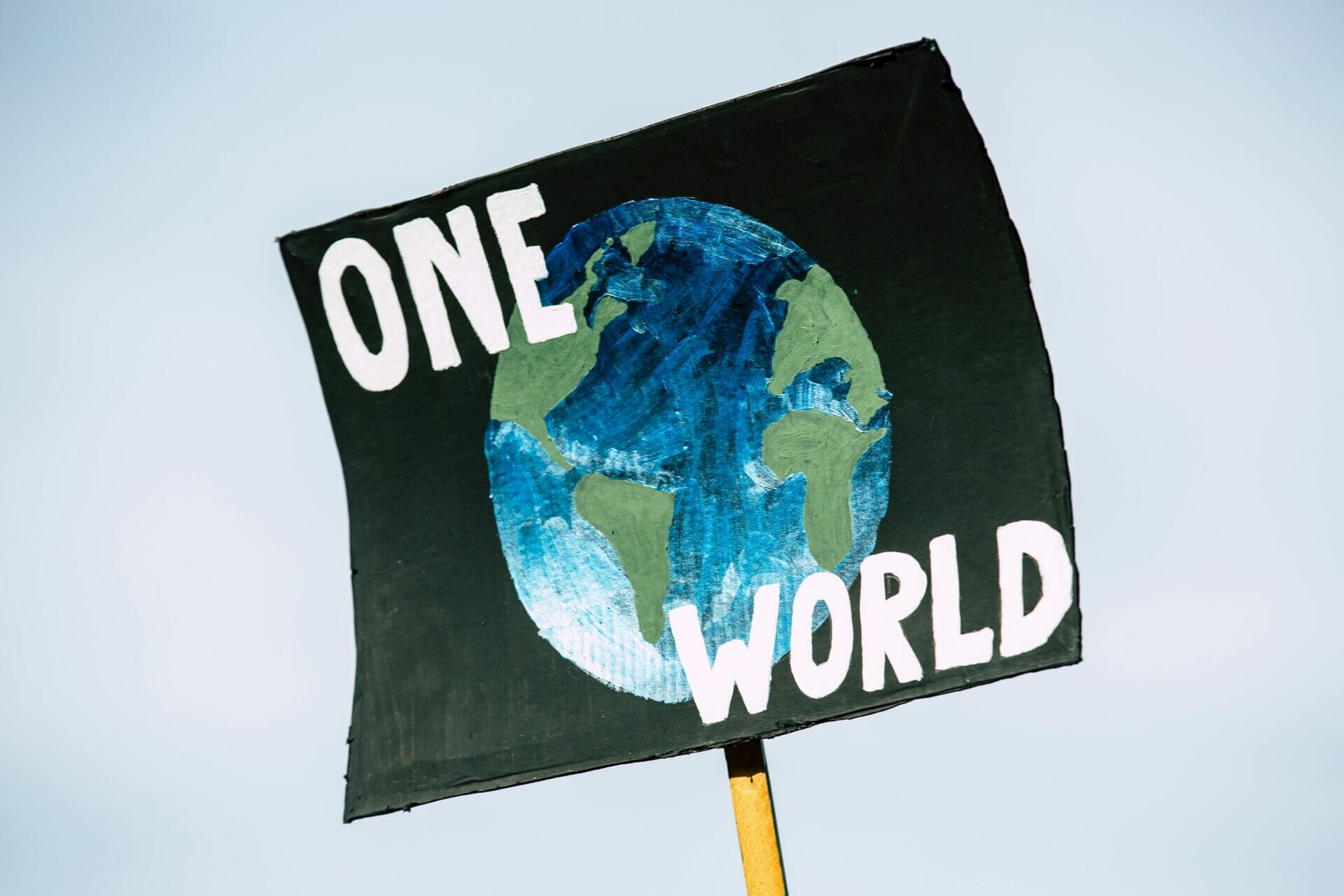Our summer intern from Humber College, Sarah, reflects upon the Phoenix Consultation, a conference she attended on behalf of the CCRC where young people from across North American came together, along with the UN Special Rapporteur, and an intergenerational group of leaders to discuss issues related to children’s rights and the environment.
By Sarah Mountjoy
The Phoenix Consultation, hosted by, the Children’s Environmental Rights Initiative (CERI) in partnership with the David Suzuki Foundation (DSF), and the International Institute for Child Rights and Development (IICRD) truly exemplified the inextricable link between the rights of children and the environment. The presentations and talks shared during the Phoenix Consultation was an incredibly eye-opening experience. It became clear that a healthy, safe, and sustainable environment are integral to the advancement of children’s rights. Throughout the three-day consultation, a healthy and safe environment was often described as an environment where people can breathe clean air, where sustainable food and water is plentiful, and where biodiversity and ecosystems can flourish. Unfortunately, climate change, pollution, deforestation, and mining are just a few of the issues that prevent a healthy and safe environment from becoming a reality.
While these issues continue to persist, children and youth have proved themselves to be powerful agents of change. I was particularly inspired by the stories and experiences shared by so many participants of the Phoenix Consultation. Young people are at the forefront of so many radical environmental justice movements. For example, in 2019, young Colombian activists took action in the country’s courts to sue the Colombian government for failing to protect the Amazon rainforest. This incredible victory, like many others, are proof that children and youth have the expertise and capacity to create meaningful change. As such, their perspectives and ideas should be at the table equally.
While everyone has the right to live in a healthy and safe environment, it is equally important to remember that people are impacted by climate change and environmental degradation differently. Dr. Sirry Alang’s presentation demonstrated that it is important to consider intersectionality as it pertains to the environment. Intersectionality shapes how each individual sees the world. Certain groups are disproportionately affected by the impacts of climate change and environmental degradation. For example, Indigenous people are particularly impacted by these issues because of their relationship with land. In addition, Black, Indigenous, and people of colour (BIPOC) are overrepresented in the agricultural industry. Thus, their livelihoods are negatively impacted by climate change. Climate change also disproportionately affects people with disabilities. People with compromised health or limited mobility are often more vulnerable in the fact of extreme climate events, forced migration, ecosystem services loss, and infectious diseases.
In the face of COVID-19, it is more important than ever to have radical empathy. This pandemic has taught us that we are connected and that we all have agency. Our actions matter, and we all have a part to play in order to keep each other safe. Similarly, we all must take action to make a healthy and safe environment a reality for all. We must collaborate and form a collective coalition across generations where everyone’s perspectives are included. Children and youth are powerful changemakers, and we must fight with them.

